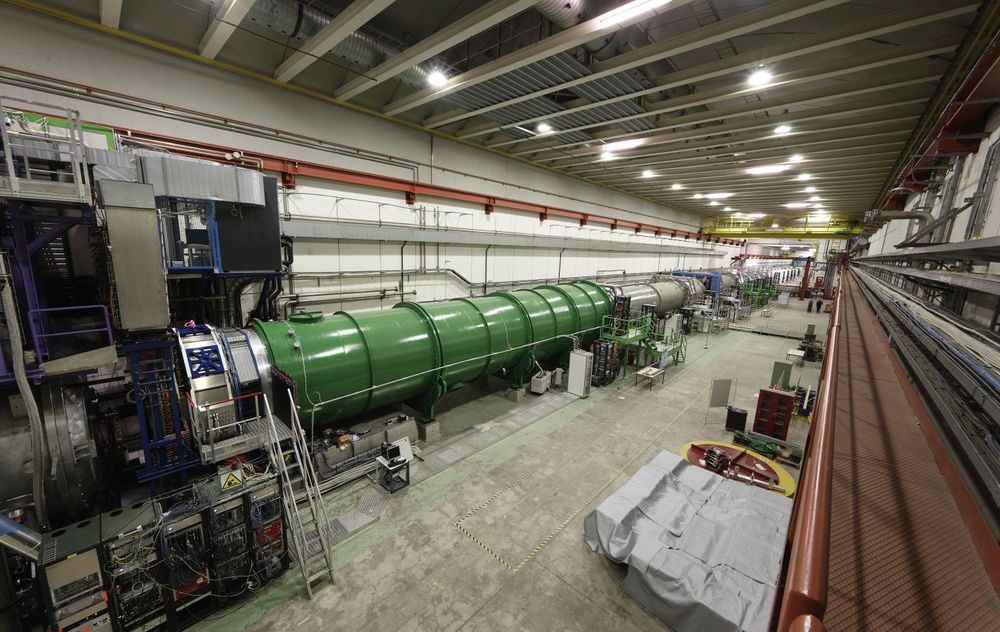Are there new, unknown particles that can explain dark matter and other mysteries of the universe? To try to answer this question, particle physicists typically sift through the myriad of particles that are produced in particle collisions. But they also have an indirect but powerful way of looking for new particles, which is to measure processes that are both rare and precisely predicted by the Standard Model of particle physics. A slight discrepancy between the Standard Model prediction and a high-precision measurement would be a sign of new particles or phenomena never before observed.
One such process is the transformation, or “decay”, of a positively charged variant of a particle known as kaon into a positively charged pion and a neutrino–antineutrino pair. In a seminar that took place today at CERN, the NA62 collaboration reported two potential instances of this ultra-rare kaon decay. The result, first presented at the International Conference on Kaon Physics, shows the experiment’s potential to make a precise test of the Standard Model.
The Standard Model predicts that the odds of a positively charged kaon decaying into a positively charged pion and a neutrino–antineutrino pair (K+ → π+ ν ν) are only about one in ten billion, with an uncertainty of less than ten percent. Finding a deviation, even if small, from this prediction would indicate new physics beyond the Standard Model.
